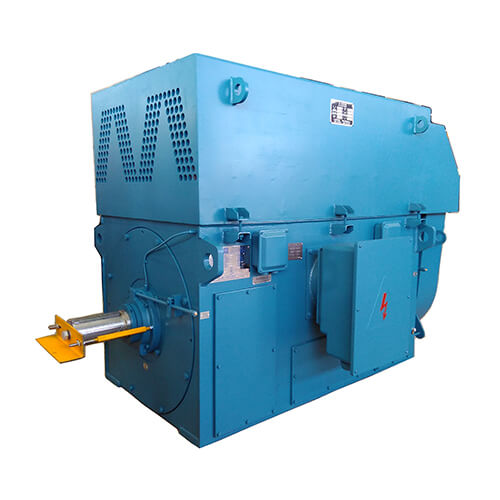What is the difference between IEC and NEMA motors?
What is the difference between IEC and NEMA motors?
Electric motors play a pivotal role in various industries, powering machinery and systems across the globe. Two prominent standards, the International Electrotechnical Commission (IEC) and the National Electrical Manufacturers Association (NEMA), define specifications for electric motors.
**1. Design and Construction:
**a. IEC Motors:
Design: IEC motors typically have a more compact and standardized design.
Frame Sizes: IEC motors use a metric frame sizing system, such as IEC 56, IEC 63, etc.
Mounting: IEC motors commonly feature a foot or flange mounting configuration.
**b. NEMA Motors:
Design: NEMA motors often exhibit a more diverse range of designs.
Frame Sizes: NEMA motors use an inch-based frame sizing system, such as NEMA 56, NEMA 143T, etc.
Mounting: NEMA motors offer various mounting options, including foot, flange, and face mounting.
**2. Voltage and Frequency:
**a. IEC Motors:
Voltage and Frequency: IEC motors are designed for a wide range of voltages and frequencies, accommodating global standards.
**b. NEMA Motors:
Voltage and Frequency: NEMA motors are primarily designed for specific voltage and frequency standards, reflecting regional variations like 230V/460V at 60Hz in North America.
**3. Efficiency Standards:
**a. IEC Motors:
Efficiency Standards: IEC motors adhere to the International Efficiency (IE) classification standards, such as IE1, IE2, and IE3.
**b. NEMA Motors:
Efficiency Standards: NEMA motors comply with the NEMA Premium® efficiency standards in the United States, focusing on high energy efficiency.
**4. Enclosures:
**a. IEC Motors:
Enclosures: IEC motors commonly feature standardized enclosures, such as IP54 or IP55, offering protection against dust and water.
**b. NEMA Motors:
Enclosures: NEMA motors have a broader range of enclosure options, including Open Drip Proof (ODP), Totally Enclosed Fan Cooled (TEFC), and Explosion-Proof, catering to specific environmental conditions.
**5. Thermal Protection:
**a. IEC Motors:
Thermal Protection: IEC motors often incorporate external thermal protection devices.
**b. NEMA Motors:
Thermal Protection: NEMA motors may have built-in thermal protection features, including thermistors or bimetallic switches.
**6. Applications:
**a. IEC Motors:
Global Applicability: IEC motors are widely used in international markets due to their standardized design and global voltage/frequency compatibility.
**b. NEMA Motors:
Regional Applicability: NEMA motors are prevalent in North America, where the specific voltage and frequency standards align with NEMA specifications.
**7. Installation and Maintenance:
**a. IEC Motors:
Installation: IEC motors often have simpler installation procedures due to standardized designs.
Maintenance: Maintenance procedures for IEC motors are typically straightforward.
**b. NEMA Motors:
Installation: NEMA motors may require more attention to installation details due to a broader range of options.
Maintenance: Maintenance procedures for NEMA motors may vary based on the chosen enclosure and specific features.
Conclusion:
IEC and NEMA motors represent two distinct sets of standards that have shaped the global electric motor landscape. While IEC motors offer a standardized and metric-centric approach with global compatibility, NEMA motors cater to the specific requirements of the North American market with a broader range of design options. Understanding the differences between these standards is crucial for industries and manufacturers seeking the most suitable electric motor solutions for their applications, whether on a global scale or within specific regional contexts.
- Previous: None
- Next: None



